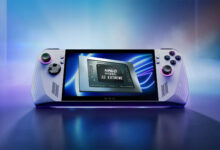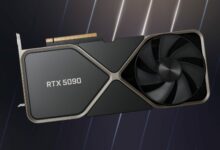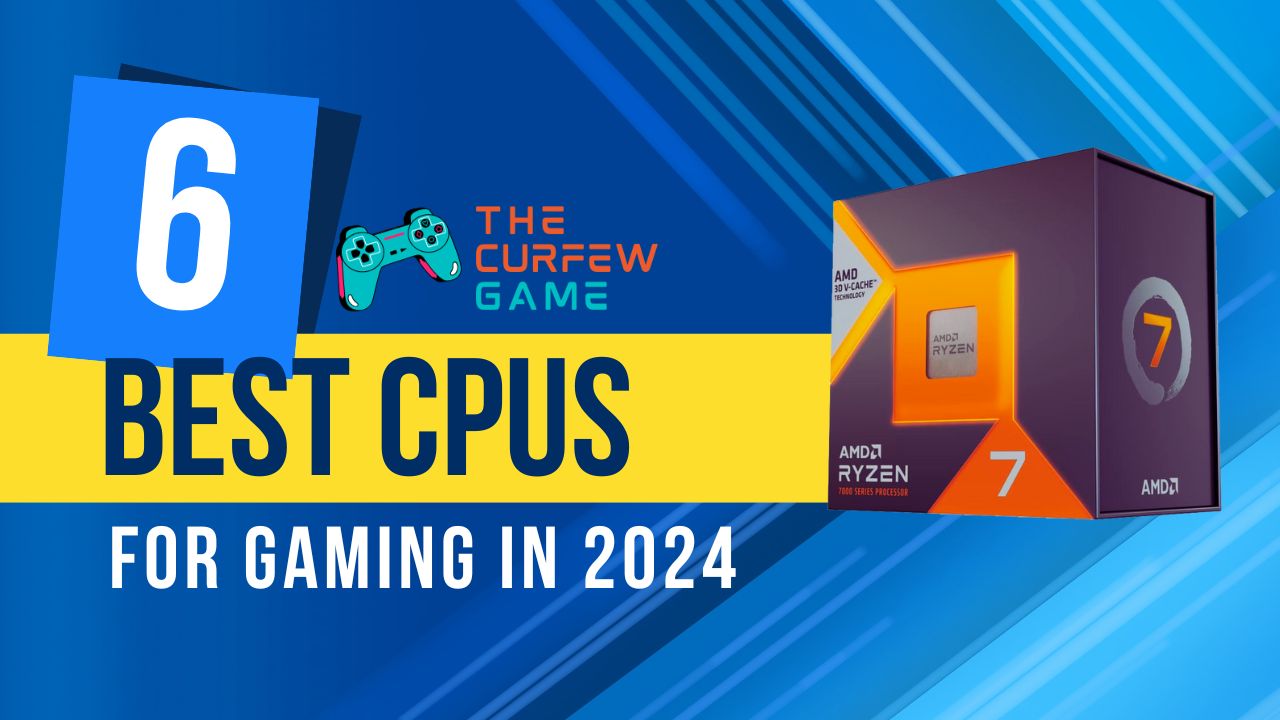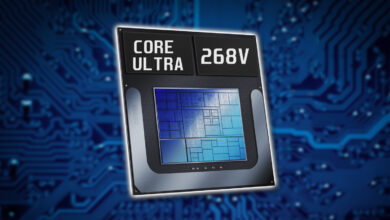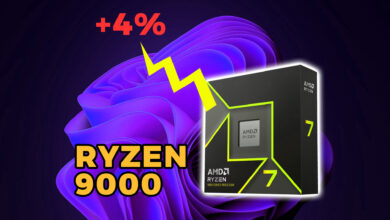Enhancing the gaming performance not only requires you to buy the best gaming CPU or the best graphics card, but it also requires the best gaming monitor. Monitors show you the final output of whatever is happening inside your system and while any monitor will let you play games on it, the gaming ones are designed to provide a much more pleasurable experience.
‘Gaming’ monitors are a bit different from the usual monitors that you see in workspaces. These are specially designed to provide smoother gameplay and faster response and are equipped with various gaming technologies to provide a competitive advantage. Even if you aren’t a competitive or professional gamer, gaming monitors provide unparalleled gameplay experience, which after using you won’t be able to go back to the regular ones.
Getting the right gaming monitor is much more difficult than it was a decade ago. We have so many monitor manufacturers out there, each competing to produce the best monitor at a lower budget. But we are here to help. This post will guide you to the best gaming monitor for money and will also give you insights on what to look for at the end of the list.
TCG’s Picks for the Best Monitors for Gaming in 2024
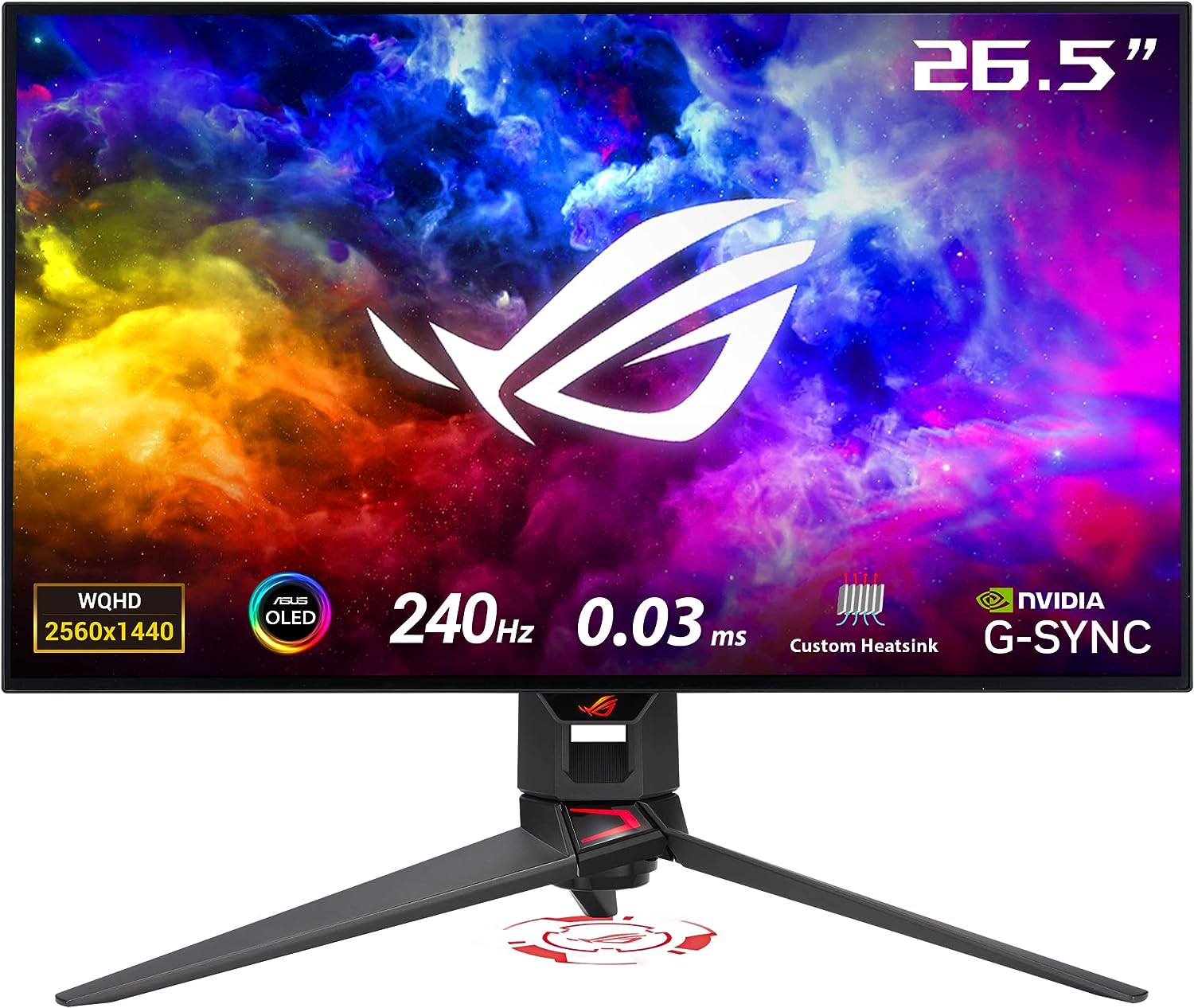
An extremely fast and responsive monitor that delivers all the premium features for the best possible gaming experience. Boasting a 1440p resolution on an OLED panel with a 240Hz refresh rate, the ROG Swift PG27 is a luxury for most. From display to aesthetics, everything is crafted for a pleasant gaming experience.
Size: 27″, Resolution: 2560x1440p, Panel: OLED, Refresh Rate: 240Hz, Response: 0.03ms
The ROG Swift PG27AQDM is an incredibly feature-packed high-end gaming monitor, overdelivering in almost every area, be it the display quality or properties. The monitor is a 26.5″ display with an OLED panel offering a 1440p resolution that runs at a max 240Hz refresh rate. With a 0.03ms response time, the transition delay is almost none, making it exemplary for professional gamers. Even for those who enjoy playing non-competitive games, the OLED panel will deliver vibrant, rich, and color-accurate images via its excellent color gamut of 99% DCI-P3.
An ergonomic stand is attached at the base, which is a piece of art in itself. A ROG logo LED projection comes out at the bottom for enhancing your setup but isn’t just limited to aesthetics. It allows various adjustments for every type of usage and is very stable to prevent the monitor from wobbles. The monitor comes with great HDR support, a feature that is often found to be lackluster in OLED panels. Through HDR, the display can max out at 1000 nits of brightness and even without it, the max brightness level is up to 450 nits, which is significantly superior to what you would find on most OLED panels.
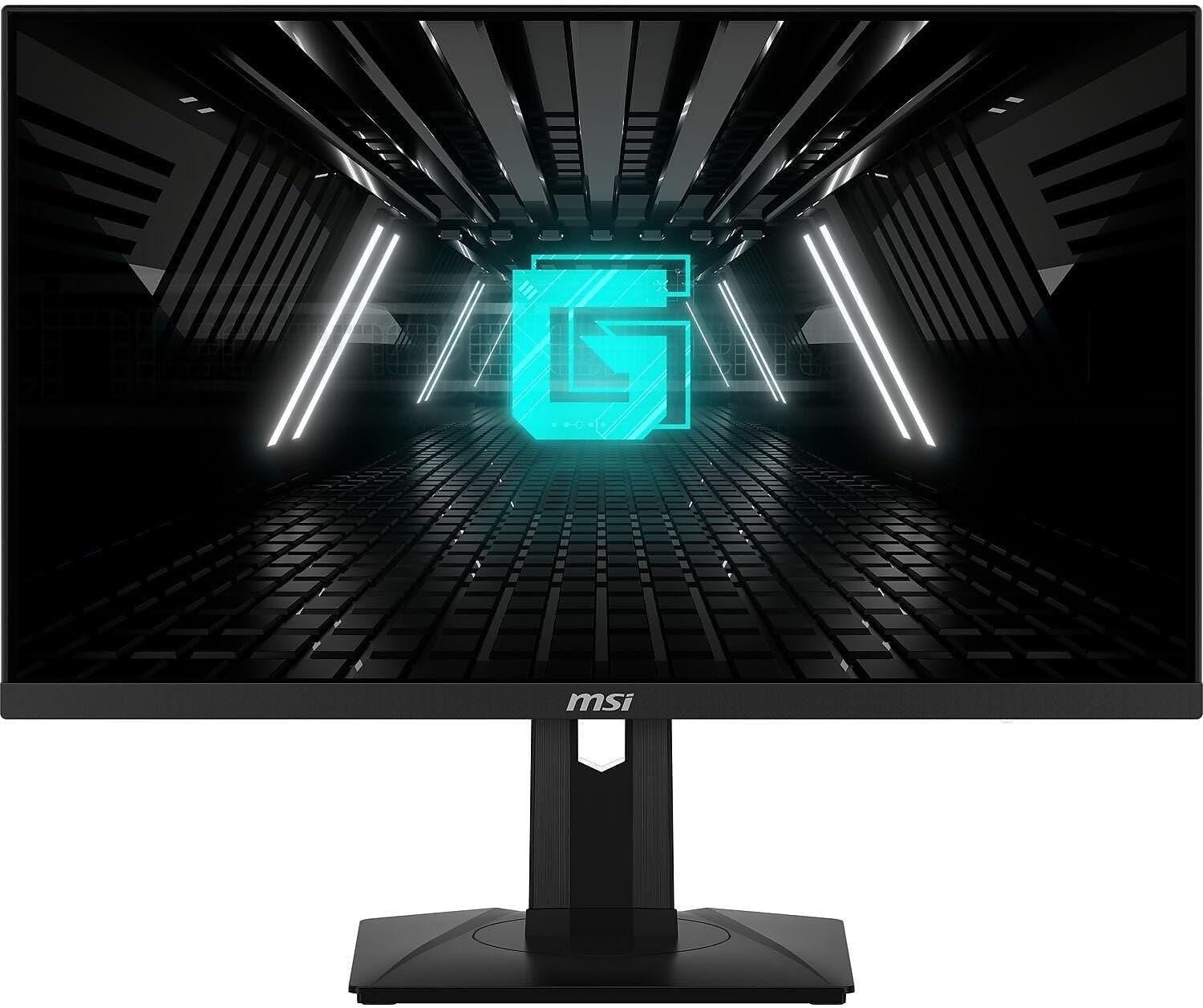
One of the newest displays in MSI’s catalog, the Optix G244PF E2 is a fantastic option to begin with. The Rapid IPS panel and 180Hz refresh rate combination along with FreeSync support ready it for fast-paced gaming. At a sub-$130 price point, this monitor is a no-brainer for beginners.
Size: 24″, Resolution: 1920x1080p, Panel: Rapid IPS, Refresh Rate: 180Hz, Response: 1ms(GtG)
A few years ago, there was no chance you could get a 180Hz monitor, and that too with an IPS panel. Things have changed drastically, and rightly so, in favor of gamers. The Optix G244PF E2 is one of the most appealing monitors for a $120 price tag, that offers fairly competitive specifications you would often see on sub-$200 gaming monitors. A Rapid IPS display with a 1ms GtG response time is one of its biggest selling points as it is incredibly responsive compared to regular 4ms GtG IPS panels.
However, other specs such as 180Hz refresh rate, FreeSync support, and ergonomic stand do add a lot of value to this monitor. It’s a surprise that it doesn’t sacrifice the ergonomic stand to cut the cost. Rather, the stand allows all types of adjustments, including height, pivot, tilt, and swivel. The only thing missing is built-in speakers, which again isn’t a dealbreaker as even a lot of premium high-end gaming monitors ditch those.
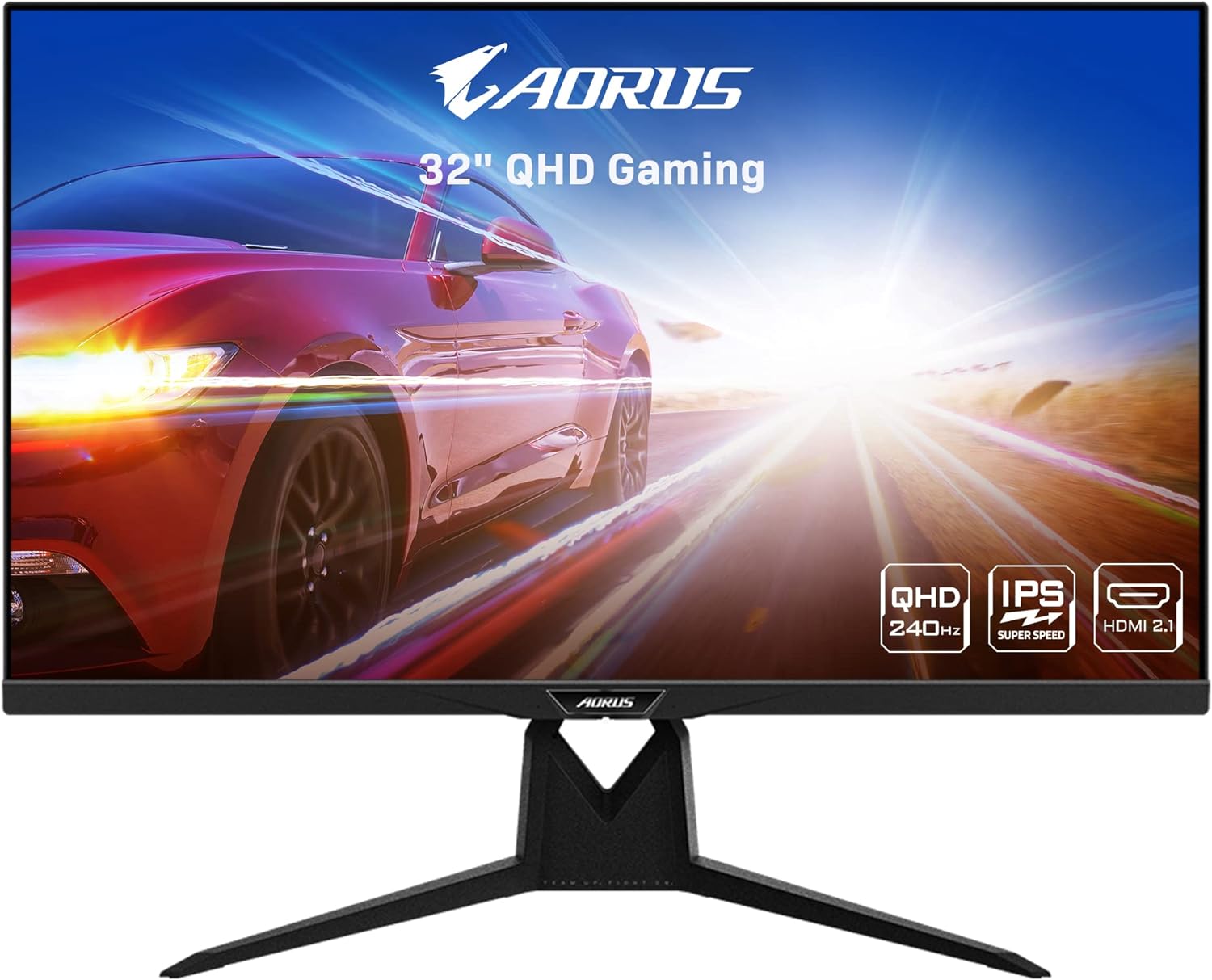
Gaming on a big 32-inch panel is immersive and the Aorus FI32Q-X is a wonderful display that runs at an incredibly high refresh rate and gets all the good specs onboard at 500 bucks. From the KVM switch to multiple connectivity ports, this monitor is just superb.
Size: 32″, Resolution: 2560x1440p, Panel: SS IPS, Refresh Rate: 270Hz, Response: 1ms(GtG)
Meet one of the newest Gigabyte monitors that don’t only care about the display properties but also how you can enhance your gaming experience and workflow via generous connectivity features and multi-functionality options. Although it’s somewhat big for QHD resolution, it’s ideal for immersive gaming and will produce bigger elements. You get a 32-inch QD SS IPS display that is highly responsive with 1ms GtG response time, has excellent color reproduction and brightness, and runs at a 240Hz default refresh rate. With overclocking, the refresh rate can max at 270Hz, which is a solid speed for fast-paced games.
The monitor also enjoys satisfactory HDR support and a wide color gamut that produces very vibrant colors. The colors might feel too saturated sometimes but apart from this, the monitor scarcely falls short in any aspect that could limit your gaming experience. Its rich connectivity compensates for its minor cons, which include several output ports for display, peripherals, and is ready to charge your mobile devices as well. On top of that, the built-in KVM allows you to control different devices simultaneously.
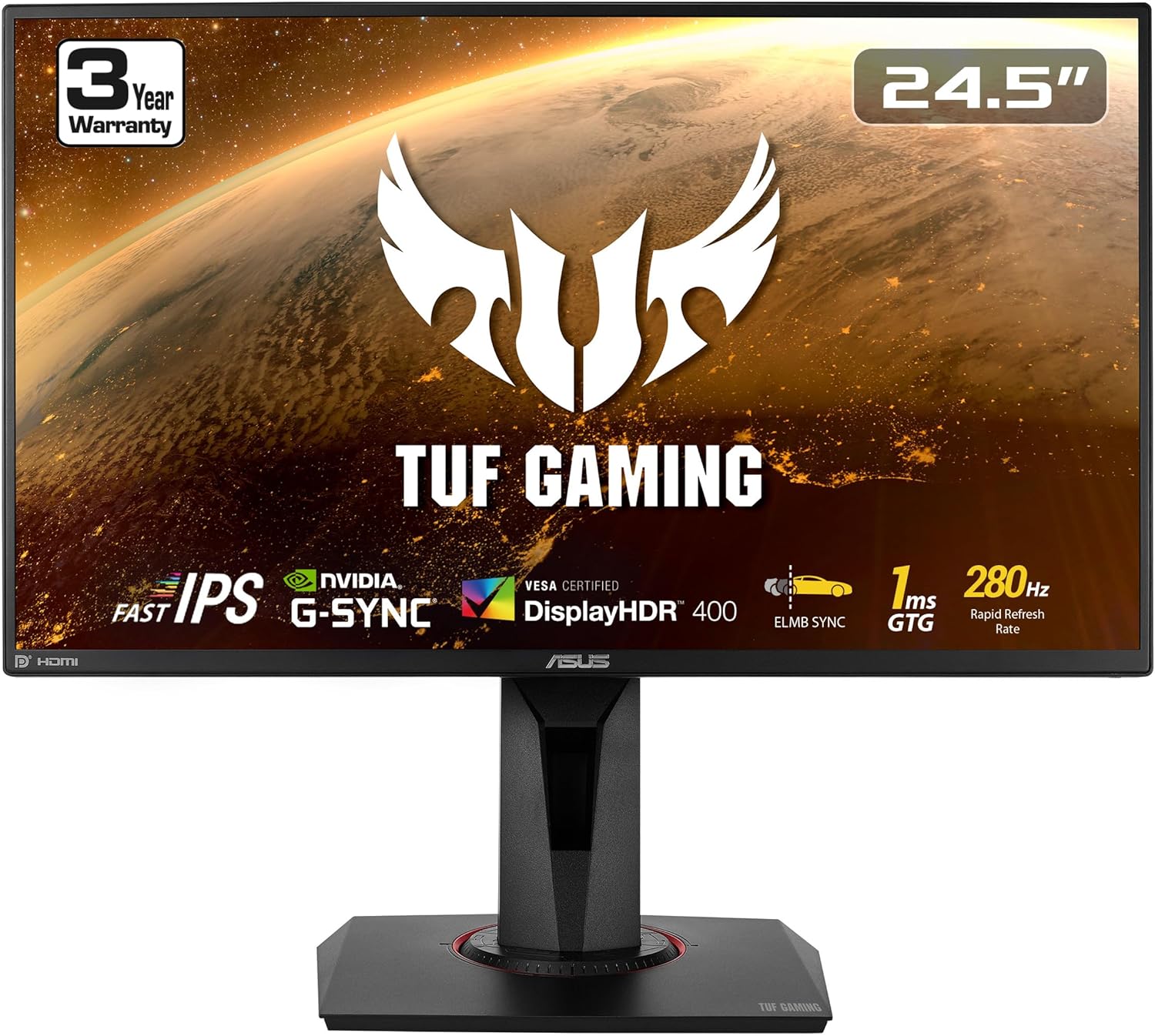
Offering a fairly good size display and a 280Hz refresh rate, the Tuf Gaming VG59QM is perfect for most gamers. It brings competitive specifications at an affordable price, making it a solid addition to your gaming setup.
Size: 24.5″, Resolution: 1920x1080p, Panel: Fast IPS, Refresh Rate: 280Hz, Response: 1ms(GtG)
If you are not looking for very color-accurate displays or something that is too big on the desk, the Asus Tuf VG259QM is probably what you need. At a $250 price tag, the monitor is a terrific option for most gamers, offering a solid refresh rate of up to 280Hz. Using a fast IPS panel, it brings high responsiveness to the table and uses a non-glare panel to protect your eyes from long gaming sessions. The display is also HDR supported but it’s kinda dull when compared to higher-end models. Still, having the base HDR support is better than having none.
Apart from decent display properties, there are 2W x2 speakers for convenient usage, which many monitors seem to skip these days. Despite not being as powerful as dedicated PC speakers, these are quite audible and clear from a close distance. TUF VG259QM is fully ergonomic and has up to 130mm of height adjustment, 90/90 degrees of pivot and swivel adjustments, and a 33 to -5 degree tilt.

A 4K resolution that runs at 240Hz is something to drool over. Ultragear 32GS95UE brings a fantastic OLED panel with HDR support to deliver exceptional visual quality and ultra-quick response for enthusiasts. The bezel-less design, elegant ergonomic stand, and good connectivity are some of its notable features.
Size: 32″, Resolution: 3840x2160p, Panel: OLED, Refresh Rate: 240Hz, Response: 0.03ms(GtG)
4K displays are usually expensive but they offer almost four times more pixels than the traditional full HD resolution. From a plethora of 4K gaming monitors, we found the LG Ultragear 32GS95UE to be the best performer. It offers an OLED panel for an extremely high contrast for displaying truer blacks. As you may expect, the response time is just 0.03ms but the refresh rate is surprisingly as high as 240Hz. Pushing games beyond 200 fps at 4K is pretty difficult, which is why most 4K displays max out at 144Hz. Still, for enthusiasts out there who want to see how far they can push their PC’s limits, the 32GS95UE is an excellent benchmark.
It has all the top-notch features money can buy, including HDR support, Nvidia Gsync, FreeSync Premium Pro, multiple connectivity ports, and an ergonomic stand. The stand is incredibly versatile and stylish at the same time. Its minimal and sturdy design adds to the setup’s aesthetics without introducing any wobble issues. The LG Ultra 32-inch 4K OLED monitor is a testament to the pinnacle of modern gaming.

A 4K resolution that runs at 240Hz is something to drool over. Ultragear 32GS95UE brings a fantastic OLED panel with HDR support to deliver exceptional visual quality and ultra-quick response for enthusiasts. The bezel-less design, elegant ergonomic stand, and good connectivity are some of its notable features.
Size: 34″, Resolution: 3440x1440p, Panel: OLED, Refresh Rate: 240Hz, Response: 0.03ms(GtG)
The Ultragear curved 34GS95QE belongs to the same series as our high-end pick but it extends on the sides to provide a wider field of view. Ultrawide monitors are becoming popular these days and they have almost peaked in specifications concerning modern technology. The Ultragear Curved monitor boasts a large 34-inch screen size with a deep curvature of 800R. This means you need to sit at around 0.8m from the screen to have the best possible immersive gaming experience. A lot of curved monitors are not so deep in their curvatures, which makes users sit far from their screens. Fortunately, you can game right from your desk, experiencing all those little details on its 3440x1440p resolution.
Having an OLED panel further enhances its performance. Not only does it have a wide color gamut for vivid color reproduction, but it also has incredibly high contrast and 0.03ms of response time. The refresh rate too can reach up to a staggering 240Hz to deliver highly fluid visuals. However, this does come with some limitations. You will need a bigger space for accommodation and you won’t be able to adjust its orientation too much.
What to Consider When Buying a Monitor for Gaming?
Screen Size: Choosing the right screen size is crucial and we recommend a display size of no less than 24 inches. 24-inch displays are perfect for competitive players who mostly play esports titles such as CS2, Valorant, Apex Legends, etc. Bigger screen sizes are recommended to those who are more into triple-A or open-world titles that provide better immersion on bigger screens. 27-inch and 32-inch monitors, both provide excellent immersion. If you love to play from the couch, get a 38-inch or higher screen size for better clarity.
Resolution: The higher the resolution of a monitor is, the better will be its sharpness and overall clarity. Higher resolution provides a richer gaming experience and currently, the most popular one is 1080p or Full HD. It isn’t very sharp but it’s much more affordable than higher resolutions. If you want to go sharper, get a 1440p monitor. For enthusiasts, we also recommend 4K or UHD resolution but a high-end gaming system is requisite for satisfactory performance at 4K resolution.
Panel Type: The display panel types are of several types: VA, IPS, OLED, Q-LED, QD-OLED, etc. If you want a more affordable solution, get a VA panel. It offers decent visual quality for most but IPS panels are a little better. IPS monitors will be a bit more expensive but they are generally affordable these days. On the higher-end side, Q-LED, OLED, Mini-LED, and QD-LED panels are very expensive. They generally cost several hundred to thousands of dollars but they offer incredibly high contrast, wide color gamut, and ultra-quick response time.
Refresh Rate and Response: Gaming is never pleasant on a standard 60Hz monitor unless you have never touched a high refresh rate monitor. We advise going with at least a 100Hz refresh rate if you are a beginner but 144Hz is a solid option to look for as 144Hz monitors are abundant in the market for affordable prices. High refresh rate makes gameplay fluid and for competitive players, 165Hz, 240Hz, and even 360Hz are some good options to start with. They will be costly for sure and the same goes for monitors that are quick in response. Look for a 1ms response time or less. A lot of good VA and IPS panels come with 1ms GtG or MPRT response time. On the other hand, OLED panels are the quickest in response, offering as low as 0.03 or 0.01ms response time, making transitioning to the next frame almost instant.
Adaptive Sync: Adaptive Sync is a feature that synchronizes the frame rates to the refresh rate of your monitor. Typically, with adaptive sync disabled, the monitors introduce unpleasant screen tearing due to the difference between the two. With adaptive sync technologies such as AMD FreeSync/Premium and Nvidia G-Sync, the tearing is reduced or eliminated completely. These monitors are more expensive than monitors without adaptive sync technology.
Display Properties(color gamut, HDR, contrast): Other specifications to consider are color gamut, HDR, contrast, brightness, and other miscellaneous properties. HDR displays provide vivid picture quality and higher contrast makes the content stand out due to a clear difference between light and dark parts of the frames.
Ergonomics: Ergonomics of a monitor are often overlooked as it isn’t related to the actual display. However, ergonomics can be vital for a lot of users as it allows them to adjust the monitor’s position according to their comfort. A good ergonomic monitor brings a highly adjustable stand that allows height adjustment, pivot, swivel, and tilt.
FAQ
Is 1440p better for gaming?
1440p resolution provides 1.7x more pixels than the 1080p resolution. This yields higher pixel density provided that the screen size is the same. Sharper visuals are often looked upon as the way to go for a vivid experience and 1440p is getting worldwide acceptance quickly.
What type of monitor is best for gaming?
It depends on your requirements. A modern 24-inch monitor with a VA or IPS panel and 1080p resolution will be good for most due to affordability and decently good specifications. However, enthusiasts prefer higher resolution like 1440p and 4K on a bigger screen and better panel quality. OLED is one of them, which is highly responsive and is unmatched in contrast.
Is OLED good for gaming?
OLED panel is unparalleled in its performance. It not only offers a wide color gamut and a thousand times higher contrast than a regular IPS panel, but it is also 100 times more responsive. OLED monitors are excellent for both visually good games and fast-paced titles.
Is 144Hz vs 240Hz noticeable?
For a seasoned gamer, it’s very much noticeable. Even for a newbie to video games, the difference will be somewhat noticeable once he switches between the two a few times.
